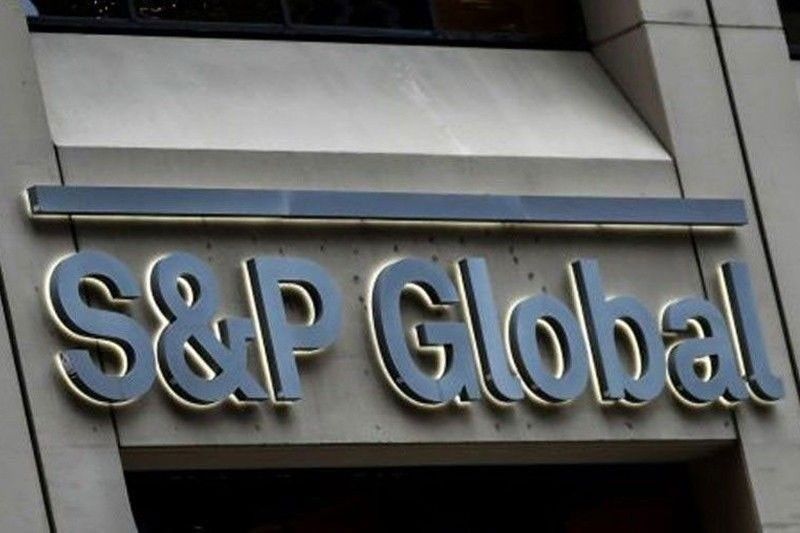S&P: Philippine banks likely to lend more despite rising bad loans

MANILA, Philippines — Loan disbursements by Philippine banks are seen recovering this year despite slumping for three straight months since December due to uncertainties brought about by the COVID-19 pandemic, according to S&P Global Ratings.
In a report, S&P said bank lending in the Philippines would likely grow by 6.5 percent this year, still slower than the average 9.29 percent annual expansion prior to the global health crisis.
Latest data from the Bangko Sentral ng Pilipinas (BSP) showed loans disbursed by universal and commercial banks contracted for the third straight month in February at 2.7 percent amid tepid demand from borrowers while industry players remained risk averse due to uncertainties brought abut by the pandemic.
This was the biggest slump for bank lending in more than 14 years or since the 2.9 percent contraction in August 2006.
Loans released by big banks amounted to P8.94 trillion in February or P251 billion lower than the P9.19 trillion recorded a year earlier.
“Banks in the region are flush with liquidity due to a slowdown in loans growth and the buildup in deposits from 2020. Our banking analysts anticipate a pickup in credit growth across the region in 2021. They also expect credit growth will revert to pre-COVID levels in 2022,” S&P said.
It said bank lending would stay selective this year as credit costs are likely to stay high until 2022.
“Banks are already favoring the larger and higher-quality borrowers or clients with established relationships and a long record of bank support through a credit cycle,” the debt watcher said.
According to S&P, working capital requirements are bound to grow for the corporate sector as revenue growth recovers and companies in the region rebuild their inventories.
It added more widespread working capital is an essential factor for a broader-based recovery. Its return would stabilize corporate credit conditions in South and Southeast Asia.
“We view the sometimes strained working-capital conditions as indicative of broader liquidity challenges, as much of this region continues to battle a deep health crisis,” S&P said.
Aside from slashing the benchmark interest rate by 200 basis points to an all-time low of two percent as part of COVID-19 measures last year, the BSP’s Monetary Board has decided to maintain an accommodative monetary policy stance to help the economy recover from the recession.
The central bank’s response measures to cushion the impact of the COVID-19 pandemic on the economy unleashed P2 trillion into the financial system.
S&P said unpredictable access to capital and refinancing for weaker issuers in South and Southeast Asia is likely to create a spike in default rates if volatile funding conditions persist beyond the third quarter.
With corporate ratings at ‘B-’ or below for over 10 percent of rated companies in South and Southeast Asia, default rates on the rated universe in the region could reach five percent over the next 12 months, nearly twice the level of 2020.
At the same time, S&P noted that lenders in the region have turned somewhat more stringent in underwriting standards.
“This follows a spike in defaults over the past year and rising credit costs. We project non-performing loans to be nearly double their pre-COVID levels in 2021 for banks in Thailand, the Philippines, and Malaysia, while staying elevated in India,” it added.
The debt watcher sees the NPL ratio of Philippine banks hitting six percent this year from about 3.6 percent last year.
The industry’s gross NPL ratio hit a fresh 11-year high of 4.08 percent in February from 3.72 percent in January as soured loans surged 79.8 percent to P431.27 billion from P239.9 billion.
In anticipation of higher defaults due to the pandemic, the industry allowance for credit losses almost doubled to P431.27 billion from P218.78 billion, representing a loan loss reserve ratio of 3.53 percent.
- Latest
- Trending





























